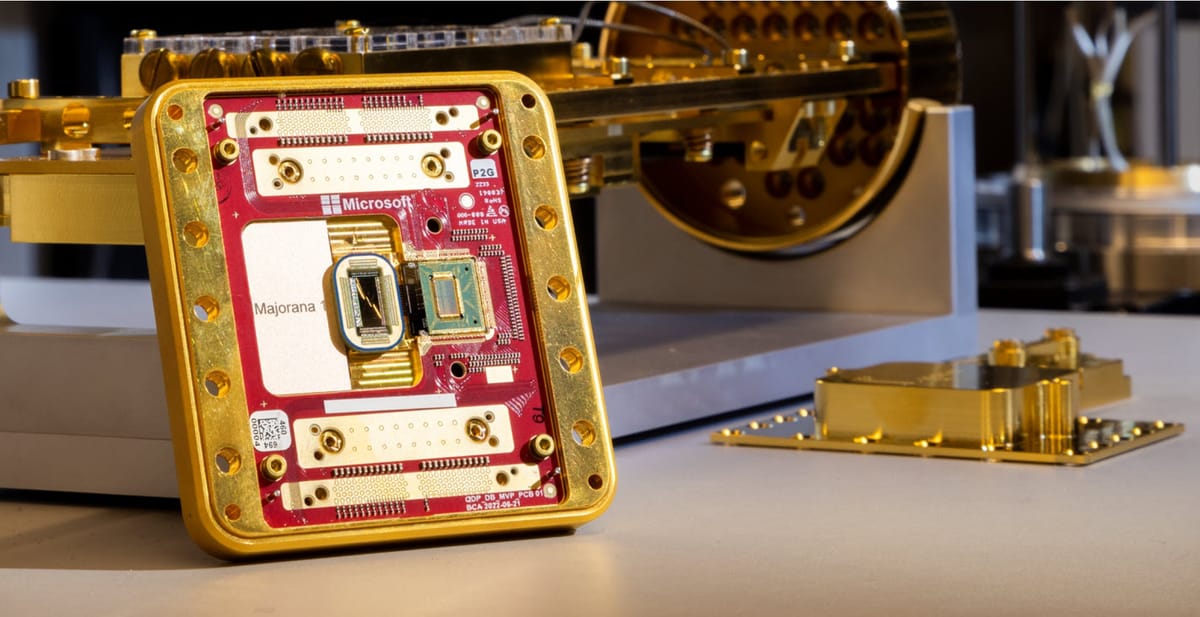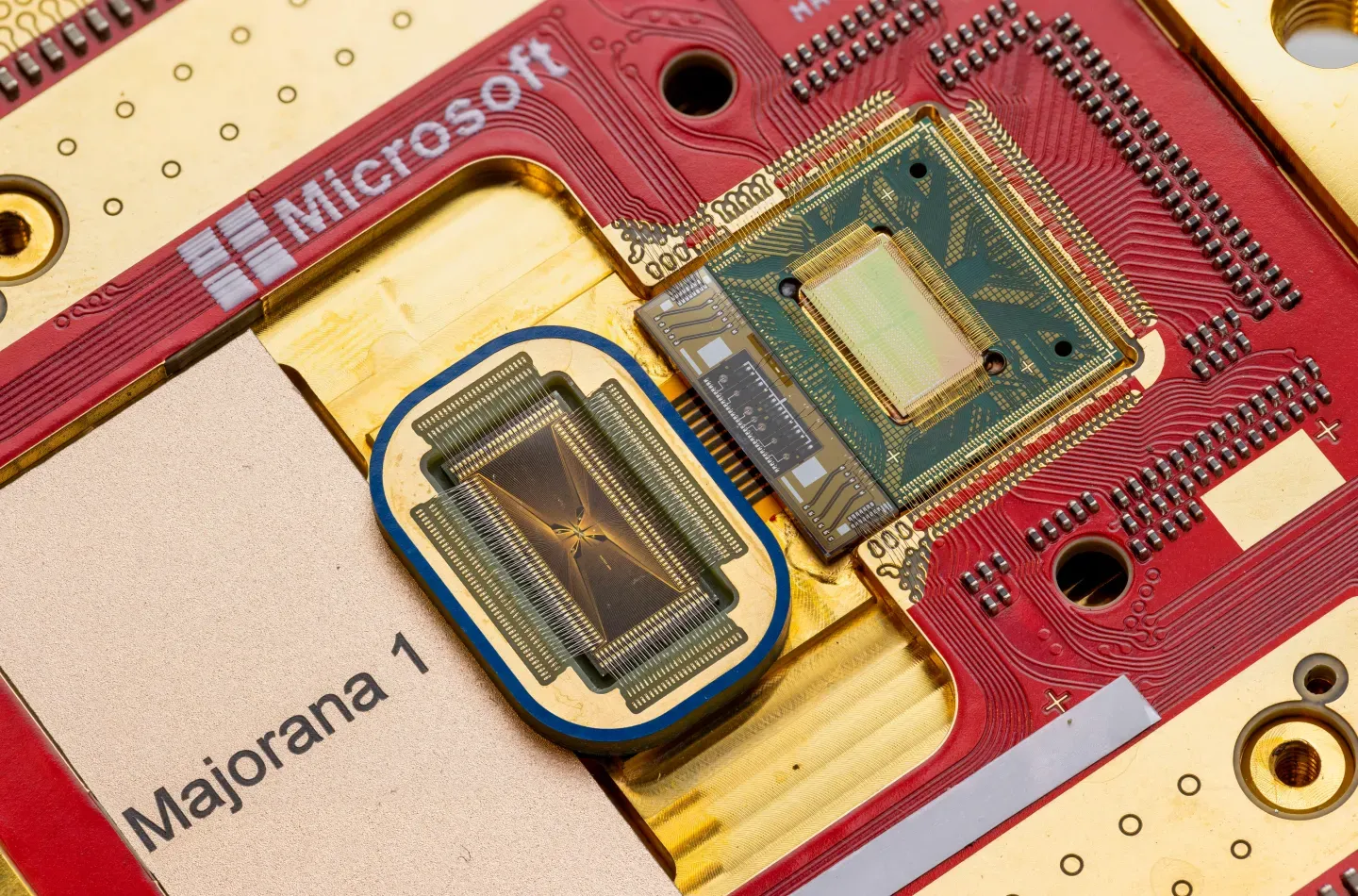
Microsoft today introduced Majorana 1, its first quantum chip featuring eight topological qubits built on a topoconductor—a material that redefines the state of quantum matter and charts a clear course toward scalable, commercially relevant quantum computing.
Key Points:
- Majorana 1 integrates eight topological qubits using a new topoconductor material.
- The chip is designed to scale toward a million-qubit processor, potentially tackling complex industrial challenges.
- Initially reserved for research, the chip marks a strategic shift rather than an immediate Azure offering.

Microsoft’s latest quantum chip comes after nearly two decades of intensive research in the field. The company is positioning Majorana 1 as the foundational building block of a future where quantum computing can address challenges—from advanced materials science to intricate chemical simulations—that remain out of reach for today’s classical systems.
A couple reflections on the quantum computing breakthrough we just announced...
— Satya Nadella (@satyanadella) February 19, 2025
Most of us grew up learning there are three main types of matter that matter: solid, liquid, and gas. Today, that changed.
After a nearly 20 year pursuit, we’ve created an entirely new state of… pic.twitter.com/Vp4sxMHNjc
At its core, Majorana 1 employs a topological core architecture powered by a topoconductor material that Microsoft claims has “enabled a fundamental leap in computing.” Satya Nadella reflected on the significance of this development, noting, “After a nearly 20-year pursuit, we’ve created an entirely new state of matter” that allows qubits to be faster, more reliable, and incredibly compact. “They are 1/100th of a millimeter, meaning we now have a clear path to a million-qubit processor,” Nadella added, underscoring Microsoft’s vision for a future where quantum computers solve problems that today’s machines cannot handle.
The chip’s design leverages eight topological qubits made using indium arsenide and aluminum, with a new measurement approach that simplifies digital control—a crucial step toward error-resistant quantum computing. While the technology is not yet ready for commercial deployment through Azure, Microsoft plans to work closely with national laboratories and universities to explore its research applications. This measured approach hints at the company’s broader ambition: evolving quantum hardware that will eventually integrate with its extensive AI and cloud ecosystem.
Microsoft’s technical leaders have been candid about the challenges ahead. The vision is not simply to add another chip to the tech landscape but to fundamentally rethink how quantum computers can scale to meet real-world demands. As one executive put it, “We want to get to a few hundred qubits before we start talking about commercial reliability” . With plans to manufacture the components domestically and to eventually deliver a chip capable of housing up to a million qubits, the initiative is less about immediate market disruption and more about setting a strategic research trajectory that could redefine problem-solving in industries from healthcare to environmental science.
As AI continues to reshape the technology landscape, Microsoft's quantum computing breakthrough suggests we might be entering an era where these technologies converge. The company already sees potential synergies between quantum computing and AI, particularly in areas like molecular modeling and material science. With an AI business generating over $13 billion in annualized revenue, Microsoft appears well-positioned to explore these intersections.

